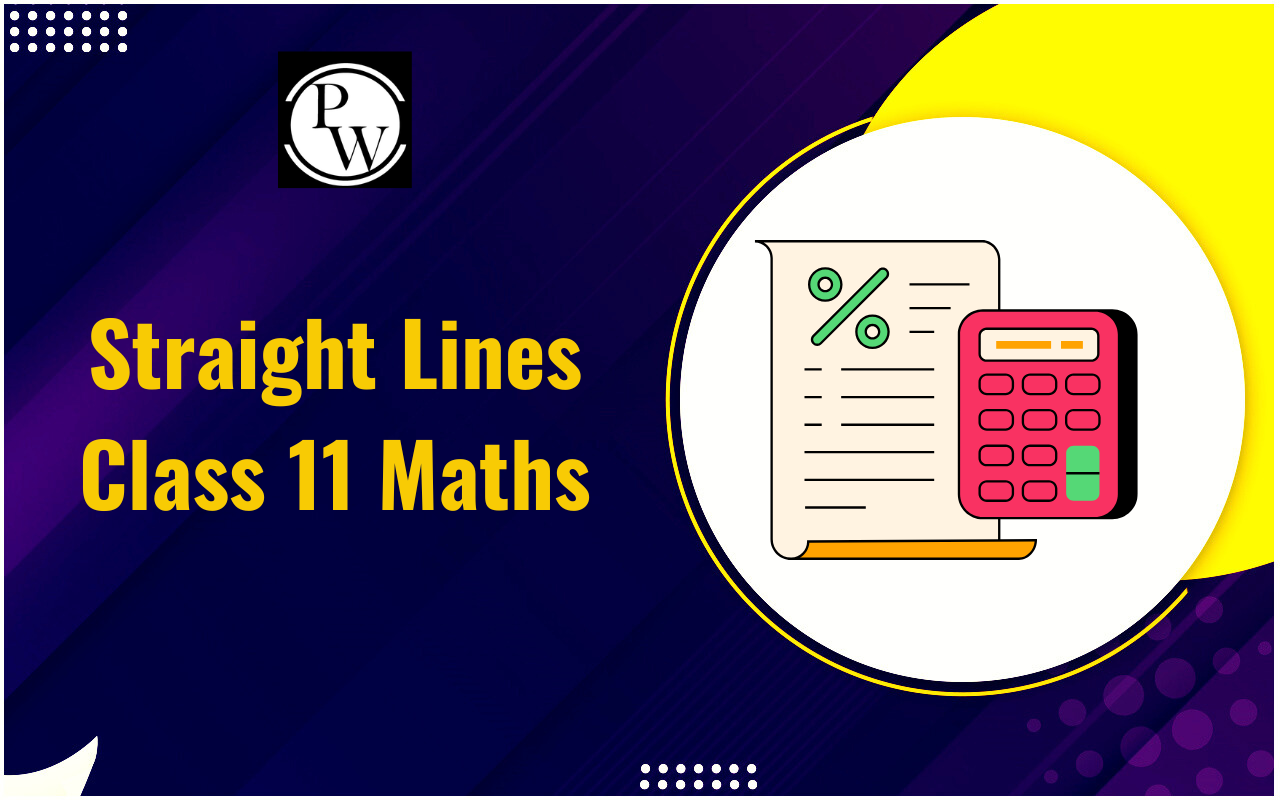
The supply function explains how changes in one factor affect another. It includes three key variables: Price, Quantity Supplied, and Marginal Cost. Commonly known as the Supply Curve, this function visually shows the Law of Supply, displaying the relationship between price and amount provided at a particular time. The upward rise of the curve signifies that with rising prices, producers can sell more pieces of the product or service. The equilibrium point is where the marginal cost curve meets the supply curve.
Supply Function Meaning
The supply function is a mathematical expression of the relation between the quantity supplied, the price of the commodity and other related factors. In this context, the given amount is given as a function of the price. This tool helps businesses and governments in studying and directing the demand-supply patterns within an economy.Supply Function Formula
The formula for the supply function is expressed as: Qa = f(Pa, Pb, x, y, z) In this equation, Qa represents the supplied quantity of commodity A, Pa is the price of commodity A, Pb is the price of related commodity B, and x, y, and z are additional variables influencing the product's supply. These variables include factors such as production costs, government involvement, technological advancements, and more.Inverse Supply Function
The inverse function serves as the opposite or comparable to the direct supply function. It expresses the price of a specific product in terms of the amount provided. So, its formula is written as: Pa = f(Qa, x, y, z) In this expression, Pa represents the price of commodity A, Qa denotes the quantity supplied, and x, y, and z encompass other variables influencing the function.Looking for the Best Commerce Coaching?
Enroll Now in PW Commerce Batches!
Determinants of Supply
The following factors influence the supply of a product or service:- Organizational Objectives
- Cost of Inputs:
- Technological Advances:
- Government Policies:
- Expectations
- Costs of Other Goods
- Market Competition (Number of Firms):
- Natural Factors
- Commodity Price
Organizational Objectives:
The supply of goods or services is influenced by the goals of an organization. Objectives such as sales maximization, employment maximization, and profit maximization impact the quantity of products supplied.Cost of Inputs:
The cost of production factors like land, labor, capital, and entrepreneurship plays a crucial role in determining supply. Lower input costs generally lead to higher production and, consequently, increased supply.Technological Advances:
Adoption of new technology allows firms to optimize resources and reduce production costs, leading to increased production and a higher supply of goods.Government Policies:
Public policies, including taxation, subsidies, and incentives, can significantly affect the supply of goods. High taxes may discourage production, while favorable policies and subsidies can boost production and supply.Expectations:
Anticipated future price changes impact supply. Producers may withhold goods expecting higher future prices, leading to a decrease in the current supply, and vice versa.Costs of Other Goods:
The cost of related goods, including substitutes and complements, influences supply. An increase in the cost of substitutes typically leads to an increase in the supply of the goods in question, and vice versa.Market Competition (Number of Firms):
The quantity of firms operating in the market affects overall supply. An increase in the number of firms usually results in higher supply, while a decrease leads to a reduction in supply.Natural Factors:
Environmental factors such as weather conditions, pests, and droughts can impact the supply of goods. Favorable conditions generally contribute to increased supply.Commodity Price:
The fundamental determinants of supply, include the price of the commodity itself. Typically, high prices tend to attract more producers while low prices often lead to a reduced supply because of the direct relationship between price and supply.Applications and Uses of Supply Function
- The application of the supply function reaches various areas, serving as a versatile tool with wide importance.
- Within microeconomics, the Supply function helps in understanding decision-making processes and is especially useful for measuring the price flexibility of demand for goods and services.
- In macroeconomics, which studies the larger economy, supply functions help lawmakers in understanding the effect of economic shocks—such as changes in tax rates or government spending—on broad factors like employment and inflation.
- The supply function finds real application in business management, helping managers understand the influence of costs and prices on output levels.
- In the area of agricultural economics, concerned with land uses and food output, supply functions help in analyzing how policies affect the price patterns of crops or animals over an extended time.
- Extending beyond economics, the supply function is applied in the natural sciences. For instance, in studying temperature effects on tiny organisms or chemicals, supply functions allow scientists to understand the behaviors of biological materials under varied conditions, such as exposure to heat or cold.
Supply Function FAQs
What is a market supply function?
A market supply function aggregates the individual supply functions of all producers in a market, illustrating the total quantity of a good supplied at various prices.
What are the factors or functions of supply?
Factors influencing supply include price, production costs, technology, number of firms, government policies, and expectations.
What is the function of supply and demand?
The function of supply and demand is to determine the equilibrium price and quantity in a market, where the quantity supplied equals the quantity demanded.
What are the 6 factors of supply?
Cost of production, technology, government policies, expectations, prices of related goods, and the number of firms are key factors influencing supply.
What is the key factor in supply?
The price of the commodity is often considered the key factor influencing supply, as it directly impacts the quantity producers are willing to supply.
Talk to a counsellorHave doubts? Our support team will be happy to assist you!

Free Learning Resources
PW Books
Notes (Class 10-12)
PW Study Materials
Notes (Class 6-9)
Ncert Solutions
Govt Exams
Class 6th to 12th Online Courses
Govt Job Exams Courses
UPSC Coaching
Defence Exam Coaching
Gate Exam Coaching
Other Exams
Know about Physics Wallah
Physics Wallah is an Indian edtech platform that provides accessible & comprehensive learning experiences to students from Class 6th to postgraduate level. We also provide extensive NCERT solutions, sample paper, NEET, JEE Mains, BITSAT previous year papers & more such resources to students. Physics Wallah also caters to over 3.5 million registered students and over 78 lakh+ Youtube subscribers with 4.8 rating on its app.
We Stand Out because
We provide students with intensive courses with India’s qualified & experienced faculties & mentors. PW strives to make the learning experience comprehensive and accessible for students of all sections of society. We believe in empowering every single student who couldn't dream of a good career in engineering and medical field earlier.
Our Key Focus Areas
Physics Wallah's main focus is to make the learning experience as economical as possible for all students. With our affordable courses like Lakshya, Udaan and Arjuna and many others, we have been able to provide a platform for lakhs of aspirants. From providing Chemistry, Maths, Physics formula to giving e-books of eminent authors like RD Sharma, RS Aggarwal and Lakhmir Singh, PW focuses on every single student's need for preparation.
What Makes Us Different
Physics Wallah strives to develop a comprehensive pedagogical structure for students, where they get a state-of-the-art learning experience with study material and resources. Apart from catering students preparing for JEE Mains and NEET, PW also provides study material for each state board like Uttar Pradesh, Bihar, and others
Copyright © 2025 Physicswallah Limited All rights reserved.
Get App









